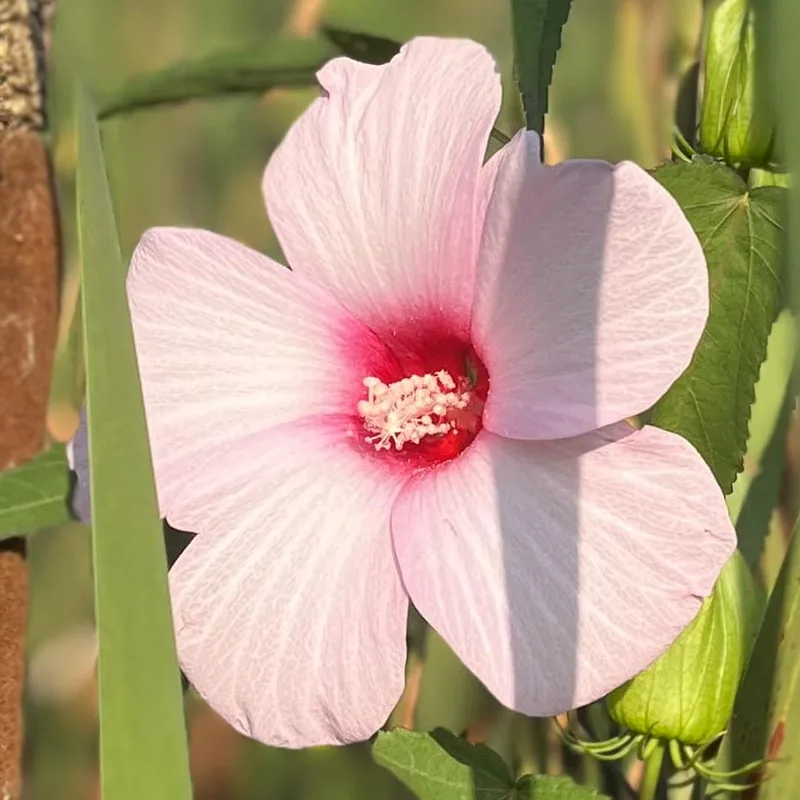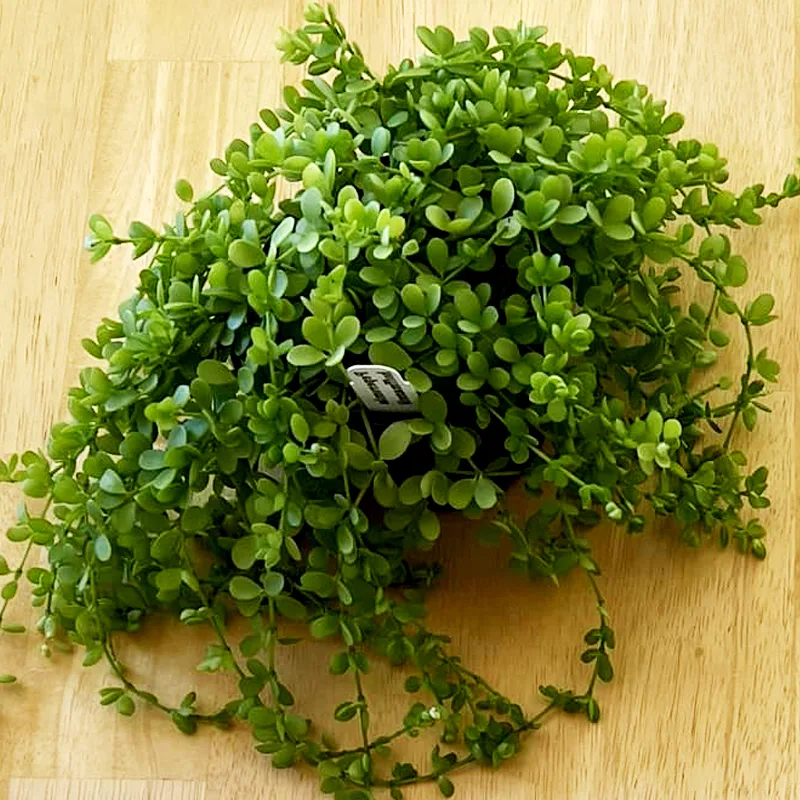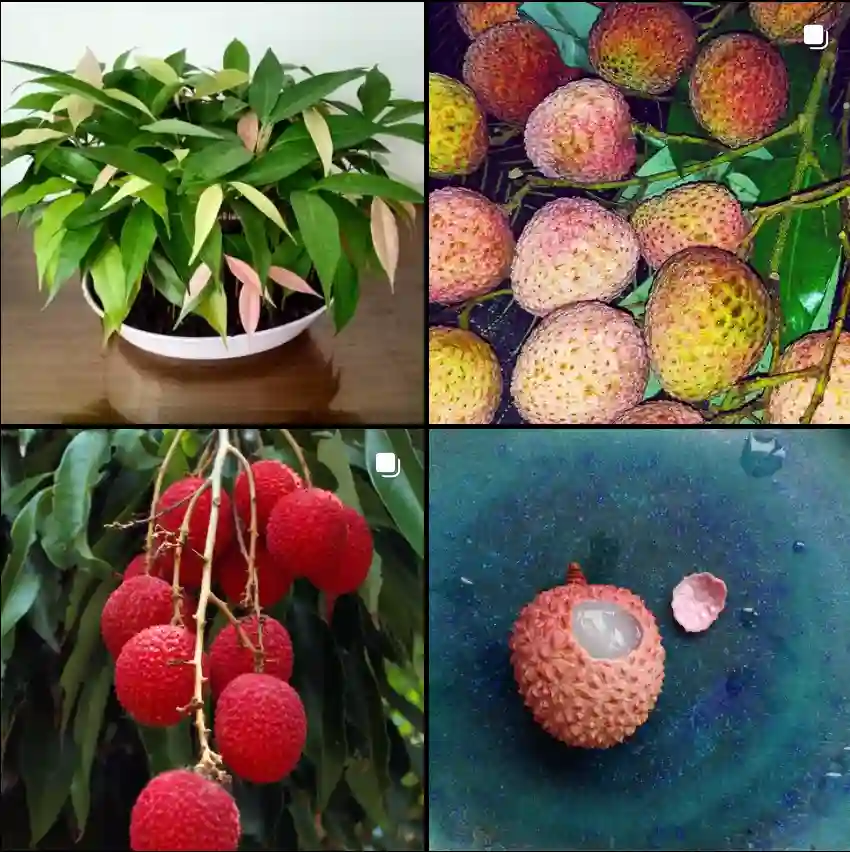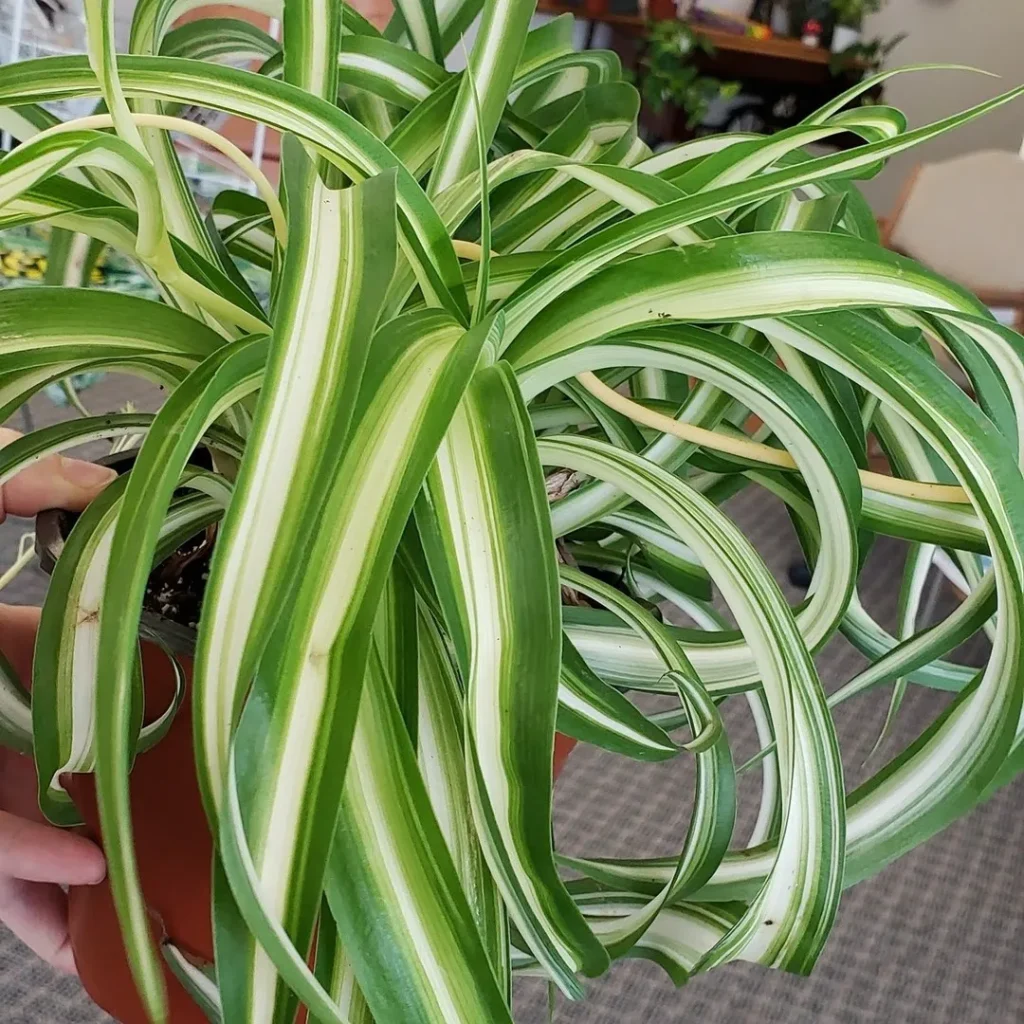Anthurium Peltigerum: Unveiling the Allure of the Turtle Shell Anthurium
Hi everyone, Ferb Vu here! Today, we’re diving into the captivating world of the Anthurium Peltigerum, a truly unique plant that has stolen the hearts of collectors worldwide.
Often nicknamed the “Turtle Shell Anthurium” for its captivating leaf shape, this tropical wonder boasts a distinct charm that sets it apart from its anthurium cousins.
So, buckle up, plant enthusiasts, as we explore the fascinating world of the Anthurium Peltigerum, answering all your burning questions and unraveling its secrets.
1327 Species in Genus Anthurium
What Makes the Anthurium Peltigerum Special?
The magic of the Anthurium Peltigerum lies in its peltate leaves. Unlike most anthuriums where the leaf stalk (petiole) attaches to the back of the leaf, the Peltigerum’s petiole connects right in the center, resembling a shield. This unique feature, present in only a handful of anthurium species, makes the Peltigerum a true conversation starter.
But the beauty doesn’t stop there. The leaves themselves are a sight to behold. They emerge a vibrant light green, boasting a glossy sheen. As the plant matures, the leaves transform into a deep, mesmerizing dark green, almost appearing velvety to the touch. The intricate network of veins that run parallel across the surface further enhances its visual intrigue.
Anthurium Peltigerum vs. Other Anthuriums: Highlighting the Differences
While all anthuriums share a certain elegance, the Peltigerum stands out from the crowd. Here’s a quick comparison to shed light on its unique characteristics:
- Leaf Shape: As mentioned earlier, the Peltigerum’s peltate leaves are its defining characteristic. Most anthuriums have heart-shaped or elongated leaves with the petiole attaching at the base.
- Leaf Texture: The Peltigerum’s leaves boast a smooth, almost velvety texture when mature, contrasting with the glossy or textured leaves of many other anthuriums.
- Growth Habit: The Peltigerum is primarily an epiphyte, meaning it thrives by growing on other plants or structures in its natural habitat. Many anthuriums are terrestrial, preferring to root in soil.
How to care for Anthurium Peltigerum?
Now that you’re smitten with the Peltigerum, let’s delve into its care requirements. Here’s how to ensure your prized possession flourishes:
- Light: Anthurium Peltigerum prefers bright, indirect light. Avoid harsh, direct sunlight that can scorch the leaves.
- Watering: Maintain consistent moisture, but avoid soggy soil. Allow the top inch of soil to dry slightly between waterings.
- Humidity: As a tropical native, the Peltigerum thrives in high humidity. Consider using a humidifier or placing the plant on a pebble tray filled with water.
- Temperature: Aim for a comfortable range between 65-80°F (18-27°C). Avoid sudden temperature fluctuations.
- Soil: A well-draining, airy potting mix is crucial. Aroid mix or orchid bark works well.
- Fertilizer: A balanced fertilizer diluted to half strength can be applied monthly during the growing season (spring and summer). Avoid overfertilizing.
Propagation: Sharing the Gift of the Turtle Shell Anthurium
Propagating your Anthurium Peltigerum allows you to share its beauty or create backups for your collection. Here are two common methods:
- Division: If your plant has multiple crowns, you can carefully divide it during repotting. Ensure each division has healthy roots and leaves.
- Seed Propagation: This method requires patience and is less common. Seeds can be sown in a sterile, well-draining medium and kept moist in warm, humid conditions. Germination can take several months.
Common Anthurium Peltigerum Problems and Solutions
Even the most dedicated plant parent can encounter challenges. Here’s how to tackle some common issues with your Anthurium Peltigerum:
- Yellowing Leaves: This often indicates overwatering. Adjust your watering routine and ensure proper drainage.
- Brown Spots on Leaves: Direct sunlight or low humidity can cause this. Move the plant to indirect light and increase humidity.
- Stunted Growth: Insufficient light or nutrient deficiencies can be culprits. Ensure adequate light and fertilize appropriately.
Remember, early intervention is key. By addressing problems promptly, you can keep your Anthurium Peltigerum thriving.
By following these simple tips, you can ensure your Anthurium Peltigerum flourishes and adds a touch of captivating elegance to your home. So, if you’re seeking a unique and conversation-starting plant, look no further than the remarkable Turtle Shell Anthurium.
If i die, water my plants!



